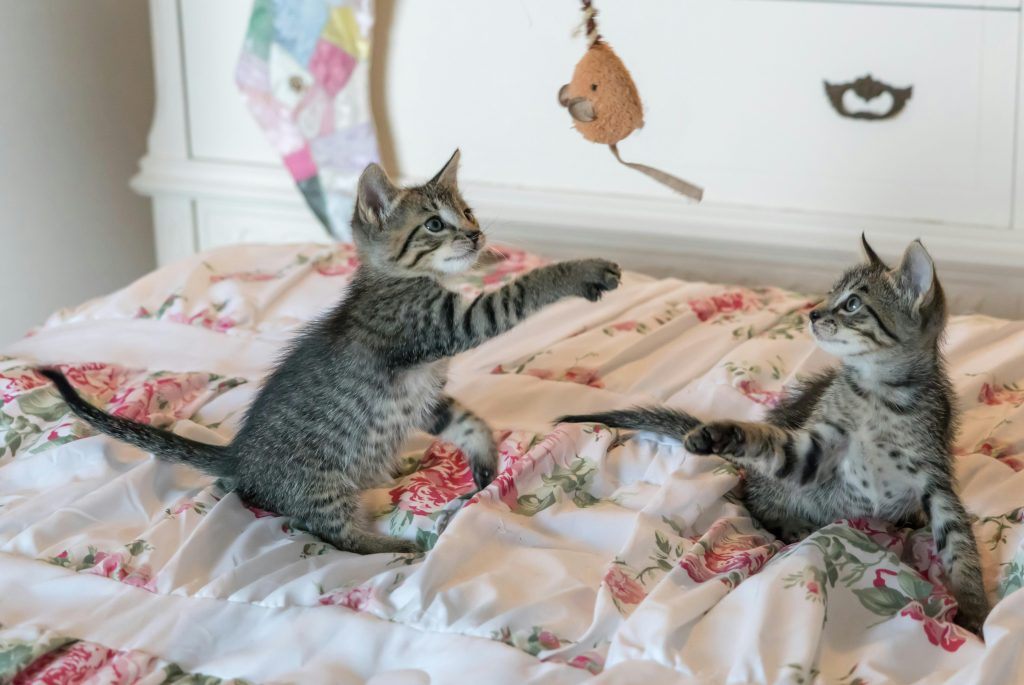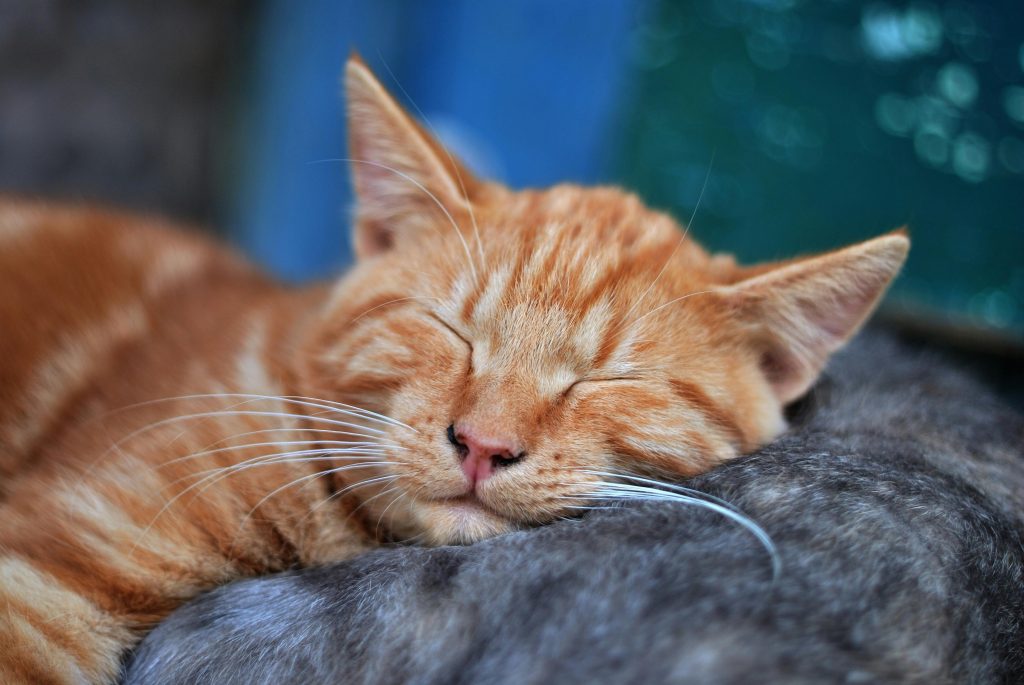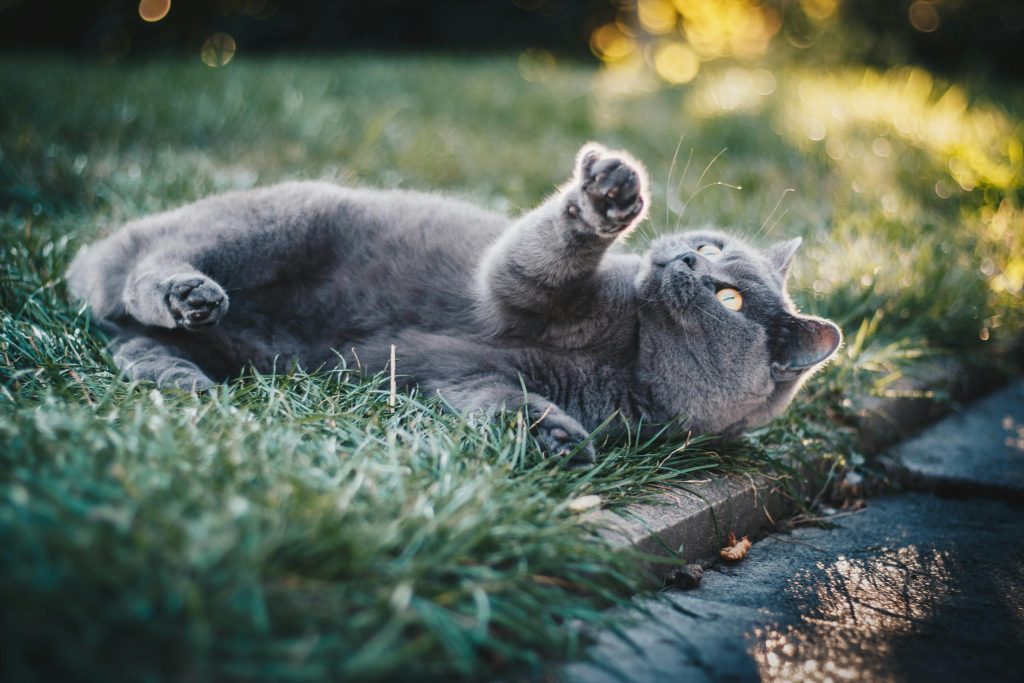Table of Contents
If your cat is lounging around like a fuzzy little lump all day, it might be time to dig deeper. Just like us, our feline friends can experience boredom, and it can lead to some pretty unwanted behaviors.
Let’s uncover the signs that your kitty might be yawning from boredom and how to bring back the sparkle in their eyes!
1. The Prowler’s Lament: Excessive Meowing

Is your cat suddenly vocalizing like a melodramatic star? While some cats are naturally chatty, a sudden increase in meowing can signal boredom. If your feline companion is serenading you at all hours, they might be seeking more interaction or stimulation.
Engaging Playtime
What to Do: Engage them with playtime! Grab a wand toy or a laser pointer and watch their inner predator come alive. Not only does this provide physical exercise, but it also strengthens your bond. Aim for at least 15 minutes a day of dedicated play to keep those meows at bay!
Tailored Playtime: Understanding Your Cat’s Unique Hunting Style
You can also consider varying the types of play you offer. Some cats love to chase, while others prefer to stalk their “prey.” Mixing in different toys, like feather wands, softballs, and even small crinkly toys, can cater to their different hunting styles and keep them intrigued.
2. Couch Potato Syndrome: Lethargy and Inactivity
Cats are known for their napping prowess, but if your cat spends most of their day curled up in the same spot, it could be a sign they’re not getting enough mental and physical stimulation. A bored cat can become lazy, skipping playtime for endless snoozes.
Creating a Play Schedule
What to Do: Spice things up with interactive toys or cat puzzles that challenge their minds. You can also create a play schedule that rotates different toys to keep things fresh. Think of it as a daily workout for your feline friend!
Build Their Jungle: Create an Engaging Play Area
Try setting up a play area that encourages movement. Cat trees, climbing shelves, and tunnels can create an environment where your cat feels like they’re in a mini jungle. This promotes physical activity but also allows them to explore their surroundings safely.
Outdoor Adventures
Additionally, if your cat enjoys being outside, consider leash training them or setting up a safe outdoor enclosure. This gives them a taste of adventure while allowing you to keep a close eye on them.
3. Destructive Behavior: The Claws of Boredom

Have you noticed your once-angelic cat transforming into a tiny tornado of chaos? Scratching furniture, knocking things off shelves, or digging through the trash can all be signs of restlessness. Destruction is often a cry for more stimulating activities.
Redirecting Their Energy
What to Do: Provide plenty of scratching posts and designated play areas. If your cat has a knack for mischief, try providing a “boredom box” filled with crumpled paper, boxes, and treats. This gives them a safe space to explore and get creative without damaging their belongings.
Protecting Your Belongings: Smart Solutions for Scratching Issues
If your cat is particularly fond of furniture or items, consider covering them with materials that discourage scratching. Double-sided tape or specialized sprays can deter them while you redirect their attention to more appropriate scratching surfaces.
4. The Hidden Hunter: Stalking Everything
Has your cat become a mini stalker, hiding behind furniture and pouncing on unsuspecting shadows? While this can be normal behavior, excessive stalking indicates they’re bored and looking for something—anything—to entertain themselves.
Setting Up Treasure Hunts
What to Do: Set up a treasure hunt! Hide treats around the house and encourage your cat to search for them. This not only stimulates their hunting instincts but also provides a fun challenge. Use puzzle feeders that dispense treats when your cat figures them out for an extra layer of excitement.
Unleashing Their Inner Hunter: DIY Enrichment Activities
Additionally, consider adding enrichment activities that mimic their natural hunting behavior. You can create DIY toys using household items, like empty toilet paper rolls filled with catnip or small treats. The more they feel like hunters, the less likely they are to get bored!
5. Overeating or Under-Eating: The Emotional Rollercoaster

A sudden change in your cat’s eating habits can be a telltale indication of boredom. Some cats may overindulge, seeking comfort in food, while others might lose interest altogether. Both extremes can lead to health issues if not addressed.
Monitoring Their Diet
What to Do: Monitor their feeding schedule and ensure they have a balanced diet. If they’re overeating, try smaller, more frequent meals. For those who’ve lost their appetite, ensure they have fresh food and water. Consider enhancing their meals with a splash of tuna juice or low-sodium broth for added appeal.
Spice Up Their Menu: The Power of Variety in Feeding
If your cat seems uninterested in their food, it may be time to shake things up. Try different brands or flavors, or even experiment with wet food if they typically eat dry kibble. Just like us, cats can get tired of the same old meals!
Reviving Your Cat’s Spark
Recognizing the signs of boredom is the first step, but taking action is key! Engaging with your cat in new and exciting ways will not only enhance their well-being but also strengthen your relationship.
Cats thrive on stimulation and interaction, so make playtime a priority and incorporate variety into their daily routine.
- Creating a Stimulating Environment
To keep your cat engaged, consider creating a stimulating environment that encourages exploration. Vertical space is especially important for cats, as it allows them to climb, perch, and observe their surroundings from different angles. Cat trees, shelves, and window perches can provide endless entertainment and help satisfy their instincts.
- Incorporating Interactive Playtime
Lastly, don’t underestimate the power of interaction. Spend quality time with your cat engaging in activities that both you and your feline friend enjoy. Whether it’s teaching them tricks with clicker training or simply curling up together for a cozy evening, your presence alone can be a fantastic mood booster.
- Establishing a Routine
Also, remember that cats are creatures of habit. Establishing a routine that includes scheduled playtime, feeding, and cuddle sessions can provide them with the predictability they crave while still keeping things exciting.
Wrapping It Up: Your Cat’s Happiness Matters
So, before your furry friend morphs into a couch potato, take a moment to evaluate their needs.
With just a little creativity and dedication, you can keep boredom at bay and ensure your cat remains a happy, active member of the family! By staying attentive to your cat’s behaviors and needs, you can create a lively environment where they can thrive.

Hi, I’m Zoey, a devoted mom to two charming Siamese cats. My passion lies in assisting fellow pet owners in providing optimal care for their cats. On CatsEuphoria, I share practical tips and relatable stories, inviting you to join me in appreciating the authentic bond between humans and our beloved feline companions.




